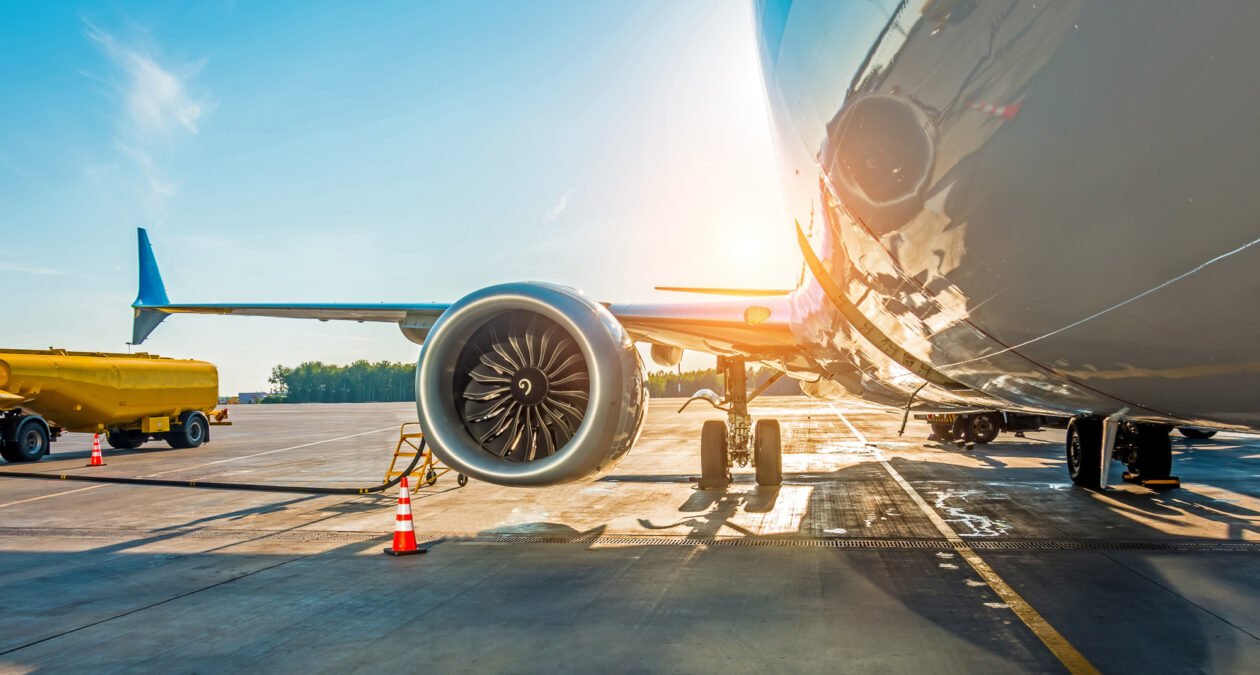As we approach the anniversary and commemoration of September 11, 2001, it is essential to reflect on the profound impact that tragic day had on our nation’s security, particularly on aviation. For those of us who lived through it, the memories of that day are as transformative as they are vivid. Yet, for a growing generation born after 9/11, the day risks becoming either a historical footnote or political talking point rather than a lived or shared experience that forever has shaped our world.
I clearly remember that Tuesday morning. I was a college student and state government intern in Austin, Texas, watching in horror as the second plane struck the South Tower of the World Trade Center. The shock and disbelief I felt that day have not diminished over the years. That experience, scarred and seared into my memory, shaped the trajectory of my professional career, leading me to join the newly established U.S. Department of Homeland Security (DHS) driven by a mission to contribute to our nation’s security, specifically aviation security.
In the years since 9/11, the aviation industry has undergone a seismic shift in its approach to security, from creating and utilizing new private-public partnerships to investing in and implementing technological innovations. As we look to the future and America’s next generation, it is crucial that we, as both a nation and aviation industry, #NeverForget the hard lessons learned that horrific day:
Risk-Based Security: A one-size-fits-all approach is inefficient and ineffective. Security measures must be tailored to identify, understand, and then address specific threats or vulnerabilities, while maintaining the highest levels of safety. What may be effective in one location or for one business model is not necessarily the best approach in another. This is at the heart of a risk-based approach. In aviation, this means investing in robust intelligence, leveraging technology and other tools to enhance security, and prioritizing resources effectively so that we remain focused on the security outcome.
Collaboration: Partnership between government agencies and private industry have been vital in developing efficient and effective security measures. Real-time, two-way information and intelligence sharing, collaborative decision-making, and partnerships with DHS and other federal and foreign law enforcement and intelligence agencies have enabled the aviation industry to quickly adapt to and mitigate risks. The lack of this partnership and dialogue was a key finding of the cause of the failures that led to 9/11.
Adaptability: The ability to remain nimble and responsive to emerging and evolving threats is essential. National security priorities have always shifted like a pendulum, ranging from threats from nation state actors to criminal cartels to foreign and domestic terrorists and non-state organizations, and back again. Today, cybersecurity has become as critical as physical security, with the aviation industry investing heavily to protect digital assets and infrastructure. This underscores the need for constant vigilance across all potential threat vectors, at home and abroad.
The legacy of 9/11 is not just one of loss and tragedy but of resilience, resolve, and an unwavering commitment to safety and security. As we commemorate this day, let us recommit to the principles of community and cooperation, maintaining a risk-based approach and constant vigilance. By doing so, we honor the memory of those we lost in those attacks on our buildings, fields and planes, and those who lost their lives in the cities, deserts and mountains of Afghanistan and Iraq, and ensure that their sacrifice was not in vain.
Together, we can build a safer, more secure future for all who take to the skies and all those who depend on the vital commerce, goods and supplies transported by air cargo. But to do so, we must #NeverForget.


